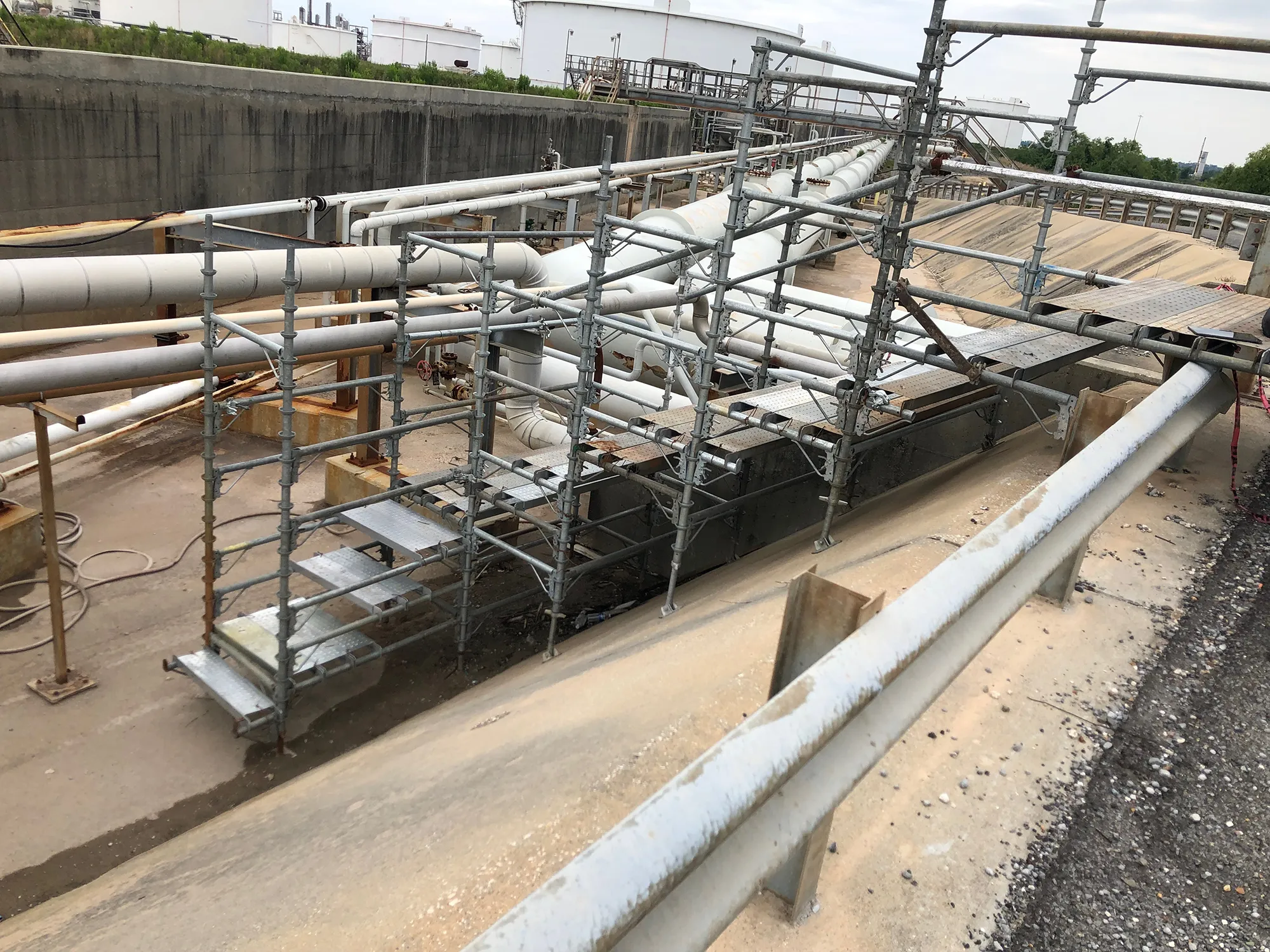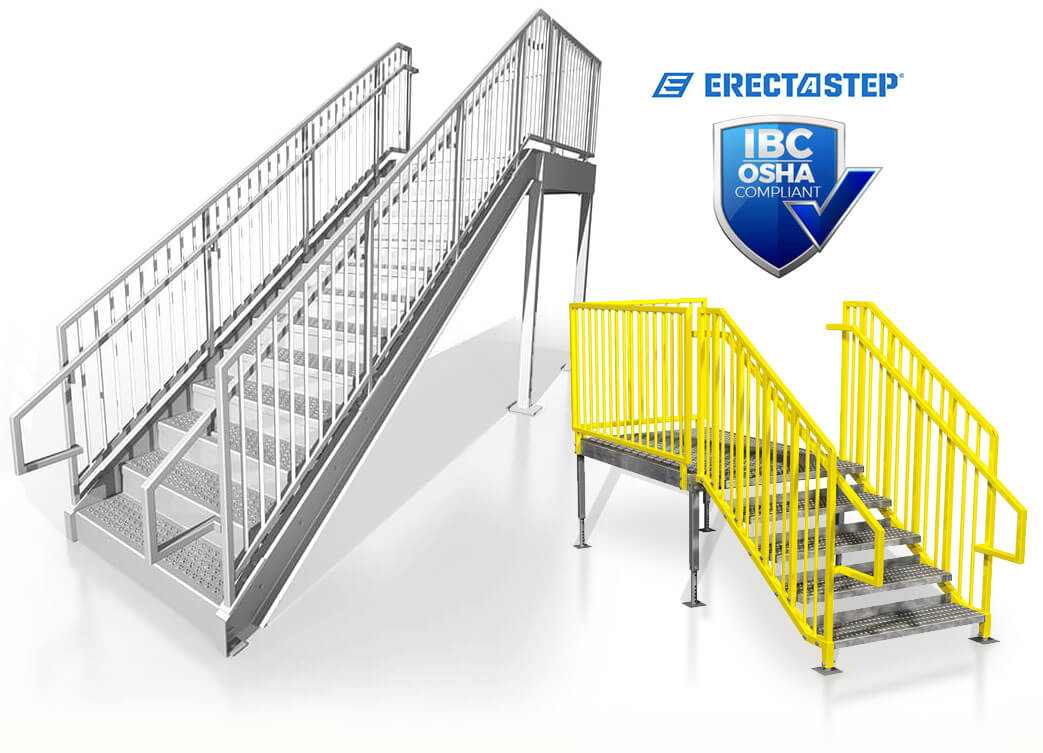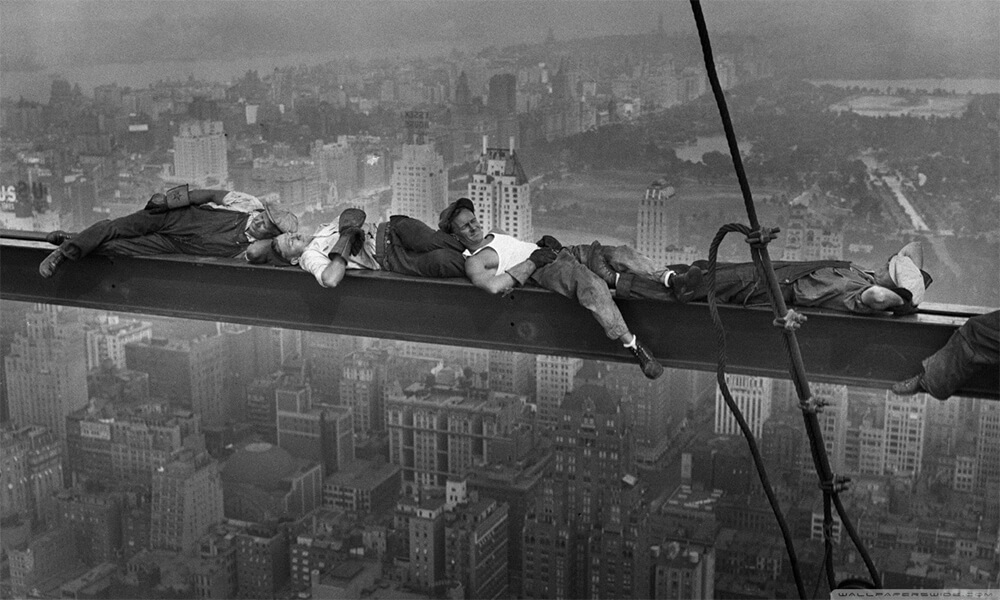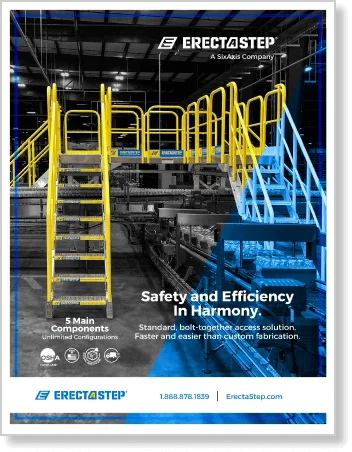Elevating Awareness and Compliance for Industrial Ladder Use
Industrial ladder safety is underscored by alarming statistics and is often not reinforced by compliance or best industry practices. Consider that 81% of fall-related injuries treated in U.S. emergency departments and 43% of fatal falls over the past decade involved ladders. This highlights an urgent need for adherence to safety protocols and the utilization of the correct ladder for specific tasks. ErectaStep’s commitment to fostering a culture of safety extends to providing insights and solutions that enhance ladder safety and compliance with OSHA standards.
Key Points:
- Selecting the Right Ladder: Emphasizes the importance of choosing ladders designed for specific tasks to prevent misuse that can lead to serious injuries, highlighting innovations like the leaning stepladder that meet OSHA requirements.
- Comprehensive Training for Safety: Details the necessity of rigorous training programs in the primary language of employees, covering fall risks, proper ladder use, and the maintenance of fall prevention devices, as mandated by OSHA.
- Adherence to OSHA Guidelines: Discusses the critical need for compliance with OSHA 1926.1053(b)(4) through modifications to ladder design, including back legs, top cap, and feet, to enhance safety while in use.
- Continuous Education and Certification: Advocates for ongoing education and certification in ladder safety, including regular updates to training every three years and immediate training upon employment to ensure all personnel are equipped with the knowledge to use ladders safely.
Navigating the Critical Landscape of Ladder Safety in Industrial Environments
In the vast expanse of industrial workspaces, ladder safety emerges as a cornerstone of workplace safety protocols, a stance strongly advocated by ErectaStep. With a staggering 81% of fall injuries in emergency departments and 43% of fatal falls linked to ladder use, the criticality of employing proper ladder safety measures cannot be overstated.
The Foundation of Ladder Safety: Selection and Use
The initial step towards mitigating ladder-related hazards is the selection of the appropriate ladder for specific tasks. The efficiency of using a universal stepladder across various activities is enticing yet perilously misleading. Innovations in ladder design, such as the OSHA-compliant leaning stepladder, have revolutionized safety protocols by incorporating essential modifications to back legs, top caps, and feet, ensuring a secure and stable ladder use in any position.
Empowering Workforces through Comprehensive Training
OSHA’s stringent regulations mandate thorough training in ladder safety, necessitating programs that address the nuances of fall risks, the identification and mitigation of ladder-related hazards, and the proficient use of fall prevention devices. This training, vital for fostering a safety-first culture, must be accessible in the employees’ primary language and include practical assessments to affirm comprehension and application of safety practices.
Upholding Standards: Adherence to OSHA Guidelines
ErectaStep underscores the importance of strict adherence to OSHA guidelines, notably OSHA 1926.1053(b)(4), which delineates requirements for ladder stability and safety. These standards call for specific design alterations that bolster the ladder’s functionality and safety, thereby safeguarding users against potential falls and injuries.
Commitment to Ongoing Safety Education and Certification
The landscape of ladder safety is ever-evolving, with continuous advancements in safety protocols and equipment design. ErectaStep champions the cause of ongoing education and certification in ladder safety, advocating for regular training updates and immediate training for new employees, ensuring that all personnel are equipped with the latest safety knowledge and practices.
Conclusion: A Steadfast Journey Toward Safer Heights
The path to enhancing ladder safety in industrial settings is multifaceted, requiring a collaborative effort toward selecting the right equipment, comprehensive training, and unwavering compliance with safety standards. ErectaStep remains dedicated to guiding industries on this journey, offering solutions and expertise that elevate safety and compliance, ensuring that every step taken on a ladder is a step towards a safer, more secure workplace.







